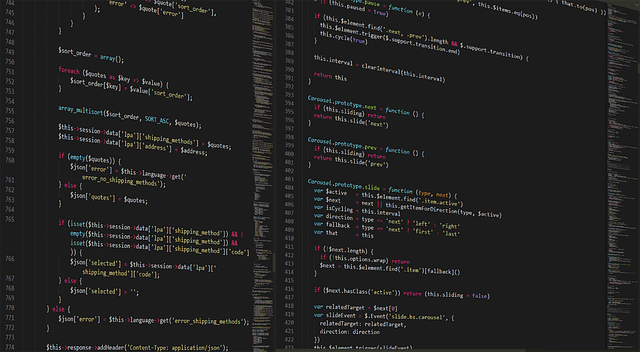
Crafting the Perfect Code Style: A Key Component in Information Technology
In the ever-evolving landscape of information technology, the significance of a well-defined code style cannot be overstated. Whether you’re working on a solitary project or collaborating on a sprawling codebase with countless contributors, the way you write your code can have a profound impact on readability, maintainability, and overall project success.
Imagine diving into a new coding project. The hope is to quickly understand the structure, functionality, and logic without having to decipher a chaotic jumble of syntax and formatting. This is where a clear code style plays a pivotal role. It sets the foundation for how information flows visually and contextually within your code, making it easier for developers to collaborate and innovate.
The essence of a good code style is consistency. When every developer adheres to the same set of guidelines—be it naming conventions, indentation, or the use of comments—the result is a harmonious codebase that reflects a unified approach. This not only aids in personal coding efficiency but also ensures that team members can easily pick up where someone else left off. The simplicity of a shared language creates an inviting atmosphere that fosters collaboration and sparks creativity.
Moreover, consider the long-term implications of choosing an effective code style. In the realm of IT, where projects often undergo various iterations and enhancements, a clean and consistent style prevents technical debt from piling up. It allows future developers—who may not have been part of the original team—to understand and modify the code with minimal friction. This aspect is crucial as companies scale and evolve; maintaining high-quality standards in code is paramount to sustaining efficiency and innovation.
Adopting a rigorous code style isn’t just about aesthetics. It involves making deliberate choices—like whether to use tabs or spaces, how to structure functions, and where to place brackets—that collectively contribute to the clarity and elegance of your code. These choices, while seemingly minor, can greatly enhance the ability to debug and optimize your code as technologies change and new challenges arise.
Furthermore, with diverse teams often spread across different locations, having a documented code style ensures that everyone is on the same page. It minimizes misunderstandings and streamlines onboarding for new team members. Investing time into crafting a cohesive style guide can save countless hours in the long run and help build a culture of respect and professionalism within the team.
In the fast-paced world of information technology, where efficiency is key, a well-thought-out code style serves as both a tool and a shield. It protects against the pitfalls of messy code while encouraging a development environment where creativity and technical prowess can thrive. So, whether you’re coding solo or as part of a larger team, remember that the little things, like a consistent code style, can ultimately lead to significant successes.



